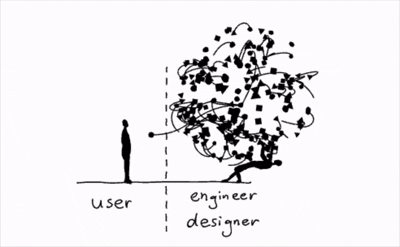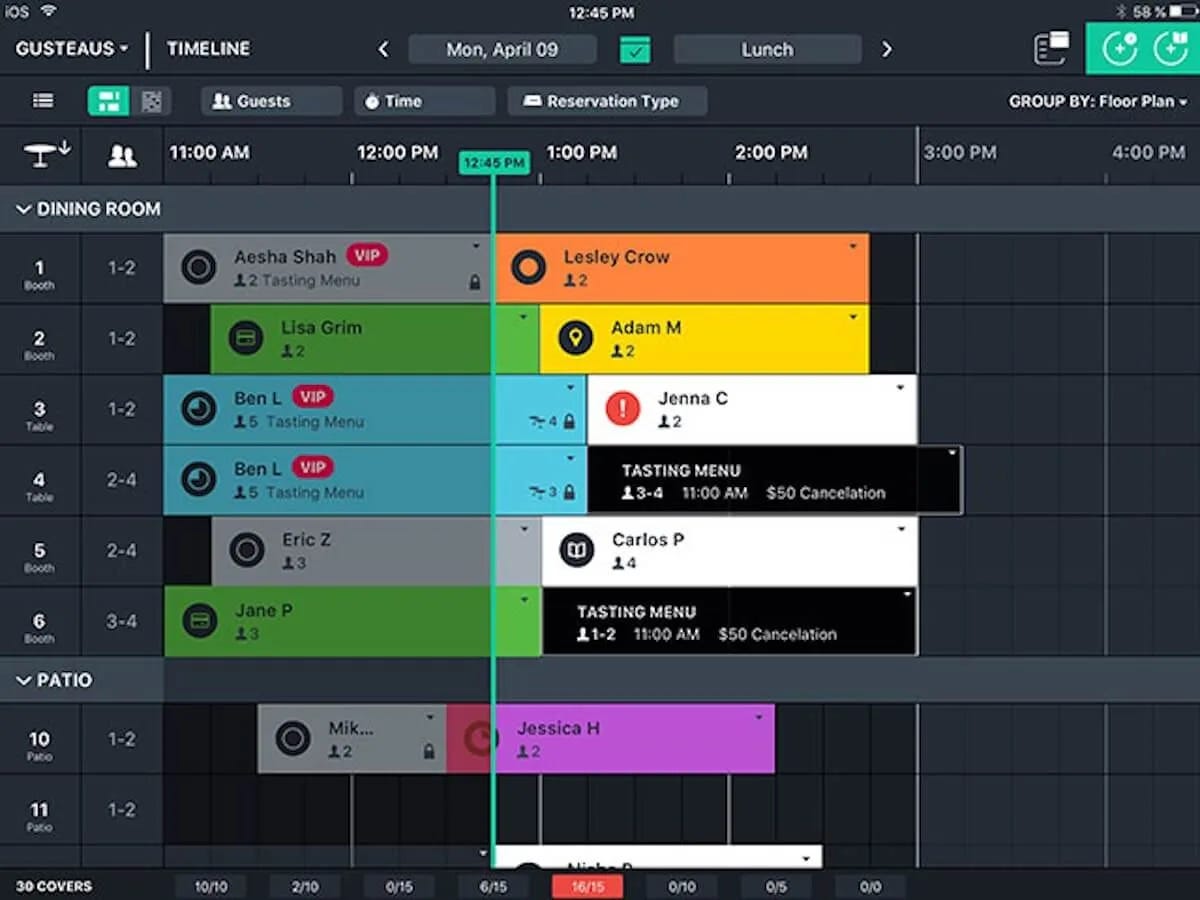TL;DR (begrudgingly as it feels antithetical to the topic at hand to eliminate the friction of actually reading the article)
Kyla Scanlon's piece on friction helps explain a core challenge in restaurants today - the collision between digital expectations and physical reality
Three worlds are colliding in restaurants: • The digital realm (almost no friction) • The physical world (full of friction) • A curated space where friction becomes luxury
Many young workers entering restaurants are experiencing unmediated friction for the first time after growing up in an optimized digital world
This creates challenges around: • Managing emotional labor • Real-time decision making • Sustained attention
Solutions need to evolve including: • Friction-aware training approaches • Multi-modal learning (video, audio, etc.) • Rethinking shift lengths • Thoughtful gamification
Getting this right matters beyond restaurants as AI continues to automate cognitive tasks while human work concentrates in friction-heavy areas
Audio by Eleven Labs Can Be a Little Wonky
Kyla Scanlon opens her piece "The Most Valuable Commodity in the World is Friction" with a diverted flight circling Newark while her phone promises an on-time arrival. The digital world insists all is well while physical reality breaks down around her. In reading her piece I had one of those ‘this explains everything’ moments. Specifically, her piece helped me put words and actions to the most pressing challenge of at our restaurants and, I know from discussion, many other restaurants too. How do we navigate running our restaurants in a world where workers entering the industry for the first time are discovering the stark reality behind what Scanlon calls "the simulation economy" – a world that has convinced us "that any sort of real-world effort is unnecessary, that friction itself is obsolete."
Scanlon maps three overlapping worlds: the digital realm with "almost no friction," the physical world "drowning in it," and a curated space where friction becomes aestheticized luxury. Restaurants operate at the intersection of all three, making them ground zero for what she calls "redistributed friction" – where "the effort doesn't disappear; it just moves." For many young people, restaurant work becomes their first encounter with unmediated friction, a stark departure from the optimization-driven digital environments that have shaped their expectations.

Consider a typical Saturday service. Opentable shows a perfectly optimized dining room, precisely spaced covers, and immaculate turn times. Reality arrives in the form of a four-top chilling through their targeted turn time, another table arriving 30 minutes early desperate to feed a 3 year old, and a server in the weeds with an 11 table section, a result of multiple callouts leaving the restaurant short-staffed. The software promises order; physics and human nature deliver chaos, hopefully controlled.
This collision between digital expectation and physical reality creates a unique challenge for those entering the workforce. As Scanlon notes, we're living in an era where "students can still read books, they're just choosing not to" because digital tools remove the apparent need for that effort. Similarly, while new restaurant workers can masterfully navigate complex POS systems and digital platforms, the raw friction of face-to-face service work – with its unstructured problems and real-time demands – can feel like system failure rather than core function.
This matters because as Scanlon notes, "The system always balances its books eventually. The more we optimize individual experiences for frictionlessness, the more collectively dysfunctional our systems become." We're seeing that dysfunction play out in three critical areas:
Emotional Labor Management: When digital experiences can be muted, blocked, or exited at will, the sustained emotional work of service feels startlingly raw. A difficult table can't be swiped left; a guest complaint can't be addressed with an emoji. Scanlon points out that "you cannot reduce friction without creating it somewhere else." In restaurants, that friction often manifests as emotional overwhelm.
Real-Time Decision Making: While early-career workers are incredibly adept at parallel processing digital tasks, the physical choreography of service – prioritizing competing demands in real space and time – can feel alien. As Scanlon notes, in the physical world, sometimes "slow things down" is the only response to system overload.
Sustained Attention: "The most valuable commodity in the world is friction," Scanlon argues, but attention might be tied for first. The kind of ambient awareness that service requires – noticing empty water glasses, reading body language, sensing when a table is ready for their check – demands a fundamentally different type of attention than the notification-driven focus of digital platforms.
I’ve struggled while writing this piece for fear that I sound like the old man screaming on the lawn about ‘kids today’. This is not that, I swear. I don’t understand how a person who’s never known a world without Google could possibly view friction in the same way that I do, or those older than me. Consider what it was like for anyone in their mid-40’s, like me, to write a paper in middle school. I rode a bike to a library, went to a card catalog, found my reference books and took them off of shelves to research. The whole process took hours. Now compare that to a Google search from someone 15 years younger than me. But at least that person had to sift a page or two of links and then read, or least skim, the content. Today’s 18 year old can just say ‘write me a 1500 word essay on the Smoot Hawley Tariff Act’. Of course we view friction differently.
Recognizing that this is not a ‘kids today’ problem is a critical first step in devising new strategies to meet the workforce where they are. Here’s a few other worth considering.
Friction-Aware Training: Training programs are evolving to acknowledge the gap between digital and physical reality, teaching service skills the way you might teach a foreign language – breaking down the grammar of human interaction, the syntax of reading a room, the vocabulary of hospitality. As Scanlon notes, "friction isn't the enemy... It's information. It tells us where things are straining and where attention should go."
Multi-Modal Training: It shouldn’t have surprised me to recently learn how reliant modern education is on Youtube. We just began putting our first few training materials there this year. Modern restaurants will need video, songs, podcasts and other mediums for information exchange going forward.
Gamification: Are there healthy-ish ways to trigger rewards and positive feedback loops? Getting on the dopamine train seems risky but if you can’t beat ‘em…right?
Scheduling and Shift Length: We’ve seen slightly better retention since we lowered our average shift length by about 90 minutes.
Scanlon concludes by noting that we're "witnessing something more complex than technological determinism." She's right. What we're actually witnessing is a fundamental shift in how humans learn to handle effort and resistance. Restaurants have always been society's training ground for work – the place where many first encounter the unmediated reality of commerce and service. That role becomes even more critical as the gap between digital expectation and physical reality widens.
This is why getting this right matters beyond our industry. As AI continues to automate cognitive tasks, the remaining human work will increasingly concentrate in areas that require managing friction – handling exceptions, navigating emotions, building relationships. Restaurants are the front line of this transition, teaching crucial lessons about effort and attention that no algorithm can optimize away.
The future Scanlon describes, where friction gets "automated out of experiences, aestheticized in curated lifestyles, and dumped onto underfunded infrastructure and overworked labor," is already here in hospitality. Our challenge is to make that friction visible, manageable, and meaningful – to help new workers understand that some forms of resistance can't be coded around, they can only be learned through.







Interesting point. It reminds me of a pizza shop owner who was frustrated that “kids these days” seem to lack troubleshooting skills because they’ve grown up in such a frictionless world. When something goes wrong, their first instinct is to search for a YouTube video. While that’s not inherently bad, it bypasses the kind of critical thinking that builds intuition--like understanding a system well enough to sense when something’s off or knowing what needs to be done without being told. There's value in hitting a bit of friction, especially when it helps someone develop judgment, initiative, and adaptability--all of which are difficult to teach but essential in any high-friction environment like restaurants, and...life.
This has been shared with our full team. Mitigating, training for, and acknowledging "friction" really resonates with our narrative right now. Thanks for sharing.